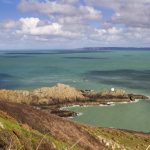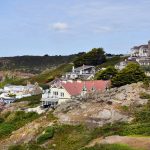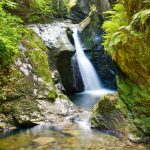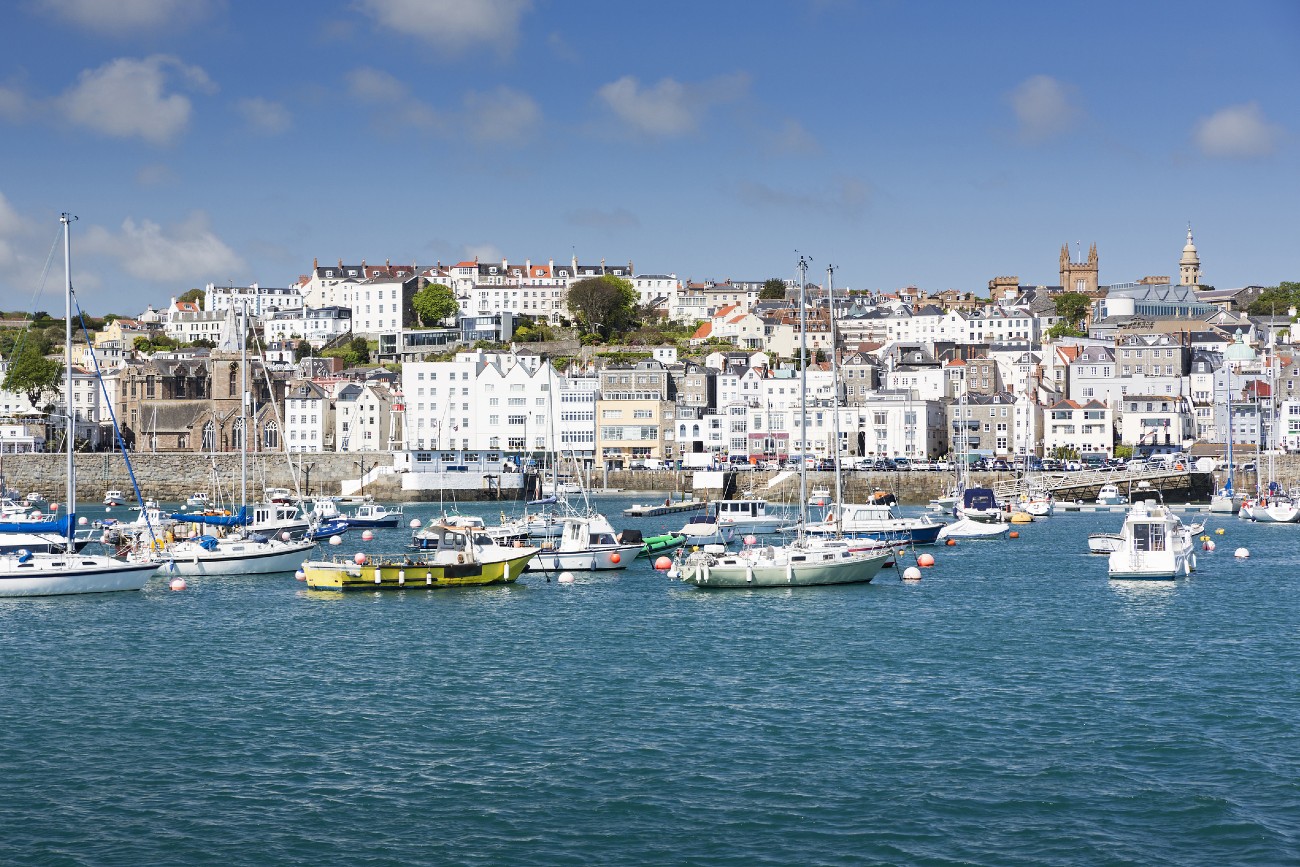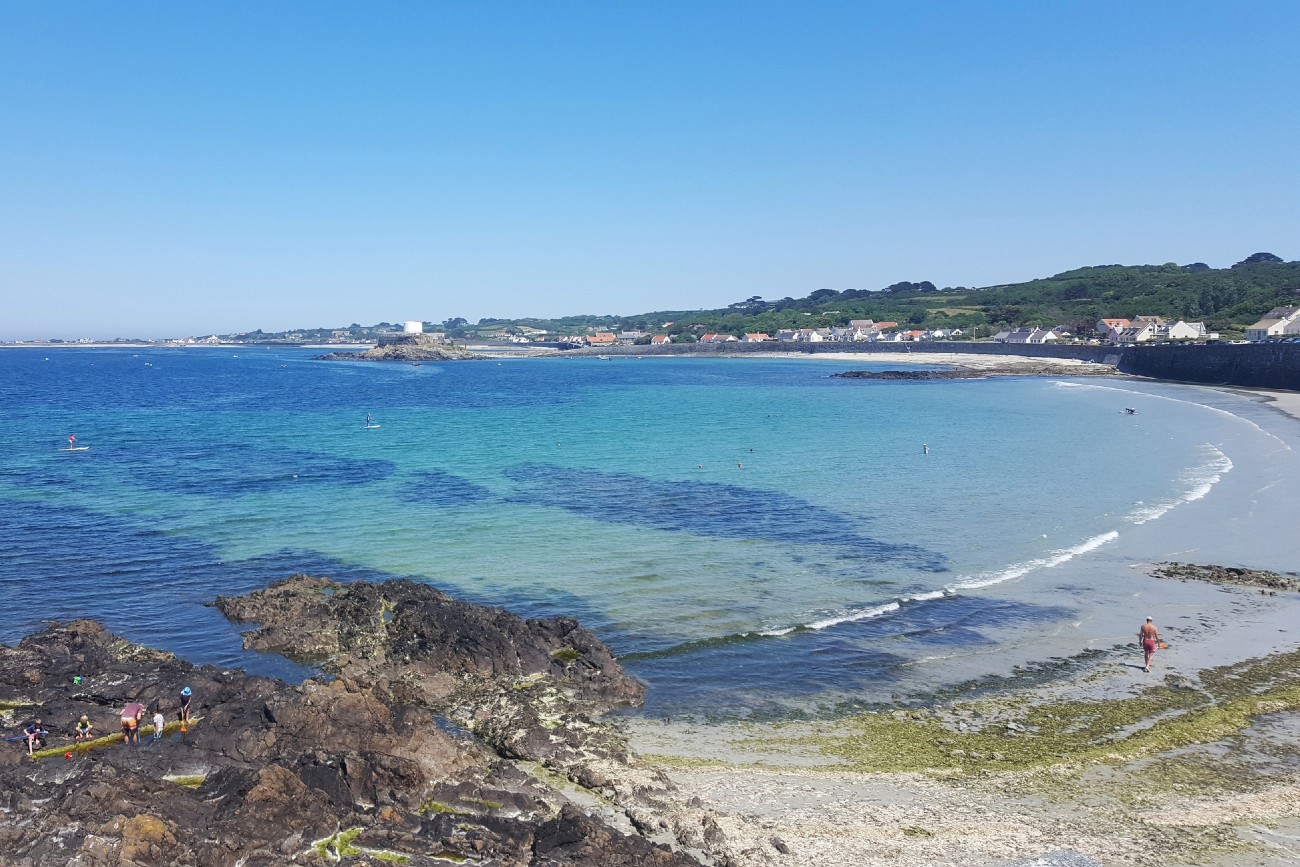
Western Guernsey, within the parish of Saint Saviour, is a place of rolling fields, peaceful villages and idyllic coastline. The parish is home to many historic sites, with Saint Saviour’s Parish Church being the most notable. As the largest parish church on the island, this protected building dates back to the 12th century and is unusual in that it is as long as it is high.
It is not known for sure why it was built this way, but legend tells of a mysterious stranger settling an argument between the group of men building the church over how high to make it. After suggesting that it be built as high as it was long, the stranger disappeared and the builders took his words as divine command.
A short distance from this fascinating place of worship, there lies Guernsey’s largest body of freshwater – Saint Saviour’s Reservoir. The reservoir holds 25% of the island’s stored water and is important for providing the water supplies of thousands of people. As it’s hidden amongst rural woodland, it’s also a popular place for locals and tourists alike to get out and about in nature. To encourage people to make the most out of the reservoir, Guernsey Water created a nature trail around the reservoir in 2001, naming it the Millennium Walk.
This 3 – kilometre footpath circles the reservoir and passes through areas of mature oak woodland, across babbling streams and past the ruins of an old farmhouse.
In my opinion it’s a delightful walk – easy enough for all abilities – and offers some very scenic views on a sunny day. It’s also perfect for families with children, with information boards dotted along the trail to provide an interesting insight into the reservoir’s many creatures.
A Wildlife Haven
Not only is Saint Saviour’s Reservoir important for the people of Guernsey, it also has a very large ecological value, providing a key freshwater habitat for the island’s fauna and flora. Reflecting this, the reservoir is maintained as a nature reserve and is carefully managed to ensure it functions both as a water source and an ecosystem.
Along with the views of the other Channel Islands, the point’s unique geology has given rise to the formation of several large sea stacks, known collectively as Les Tas de Pois d’Amont (The Pea Stacks).
A great diversity of species can be found in the area, and the reason for this lies mostly in the reservoir’s undisturbed nature. Since its construction in 1947, the site has remained relatively untouched, with the surrounding woodland being allowed to expand unhindered. The result is that the reservoir is now an excellent example of Guernsey’s natural habitat.
The woodland is made up of both coniferous and broadleaf forest, with large oak trees being especially common.
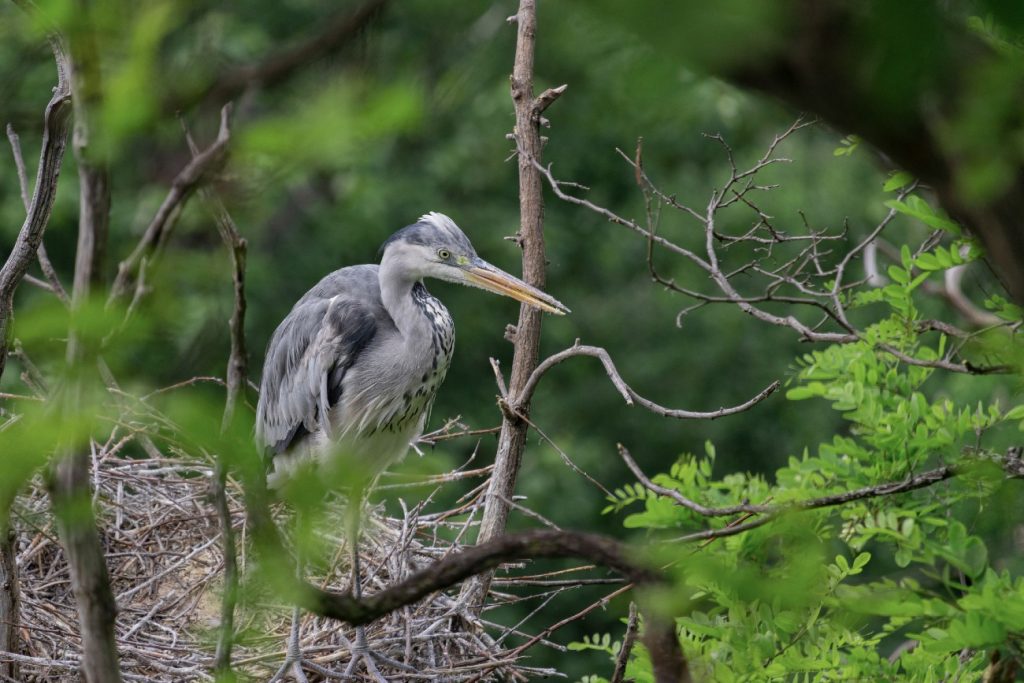
Grey Heron, Guernsey
The nature reserve is particularly active during spring and summer, when the woodland comes alive with wildflowers. Beautiful Red Campions are common and you might be lucky enough to see carpets of Bluebells decorating the understory of the more mature trees. During my visit I spotted some fungi in damper areas, with the red bulbs of Fly Agaric and the toadstool-like Dryad’s Saddle being intriguing sights to accompany a woodland stroll.
Resident Rodents
If you’re out for the day on the Millennium Walk, one creature to look out for in particular is an animal with a reputation for being a bit of a giant. This might sound ridiculous, considering that the species in question is the Common Vole, however the voles on Guernsey have been found to be at least 10% larger than on the European mainland. Throughout Europe, they average around 11cm in length, but Common Voles on Guernsey have measured in at a whopping 13.6cm.
Scientists have long been fascinated by the reasons behind these super-sized rodents, but a definite answer has so far remained elusive. One theory is that the lack of predators on the island means the voles can become larger and larger without the risk of being eaten.
Common Voles are most often found in grassland habitants, however they will also venture into woodland in search of food. With a population on Guernsey of around 150,000, the voles greatly outnumber the people on the island and that means there’s a good chance you might spot one of these giants scurrying amongst the undergrowth.
Saint Saviour’s Reservoir and Nature Reserve is therefore an excellent place to experience the flora and fauna of rural Guernsey. Combined with the picturesque Millennium Walk, this part of the island is ideal for a day out and is an example of how the needs of humanity and the needs of wildlife can work in perfect harmony.
Explore also other parts of the Guernsey island! Read this article: Orchid Fields – La Mielle De Morville


